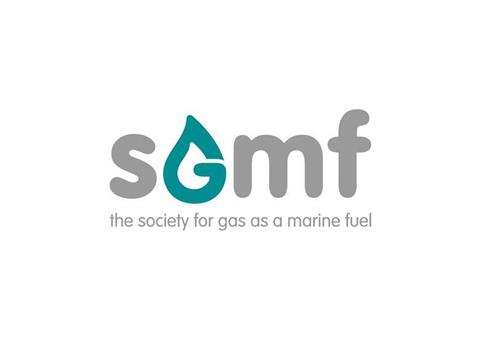The Society for Gas as a Marine Fuel (SGMF) has released LNG Fuel Tanks – /Filling Limits and Level Instrumentation: Considerations and Recommendations.
This Technical Guidance Note (TGN) addresses the industry need for clarity on how to apply and interpret some of the statutory requirements for the filling and loading limits of LNG fuel tanks.
As a cryogenic fuel, the quantity of fuel that can safely be loaded into fuel tanks on gas-fuelled vessels will depend not only on the size and capacity of the tank itself but also on the temperature and pressure of the LNG to be bunkered.
Statutory safety limits on filling and loading LNG fuel tanks are set out in codes and regulations, most notably the International Code of Safety for Ships Using Gases or Other Low-Flashpoint Fuels (IGF Code). However, the methods by which the filling and loading limits should be calculated for LNG fuel tanks have been interpreted differently by some vessels in operation and under construction, depending on the tank type, shipyard or classification society.
These differing interpretations have led to some vessels applying a lower loading limit, reducing the amount of LNG in tanks. While safety not being affected, this has an impact on the vessels’ autonomy and in-service operations.
Mark Bell, General Manager, SGMF, said: “Our overall purpose was to provide effective guidance on the rules for filling and loading and to explain why the loading limit may vary for each bunkering operation due to LNG temperature, pressure, and composition. The crew can then maximise the amount of fuel that can be safely loaded by following established bunkering procedures and using the available instrumentation.”
The new publication provides practical recommendations that go beyond the statutory requirements to ensure that vessels do not only operate safely, but also efficiently and in an environmentally responsible way. Also included are lessons learned that promote industry good practice and form a basis for common understanding between the main stakeholders involved.
Gas-fuelled vessels and bunkering facility owners and operators as well as LNG tank and fuel systems designers should consider the recommendations when defining and developing vessels’ specific systems, equipment, and LNG bunkering operational procedures.
An example of operational levels and thresholds that might be used as reference for an LNG fuel tank is provided, along with sample loading tables and detailed information about types of LNG fuel tank, their calibration, level instrumentation and functionality.






